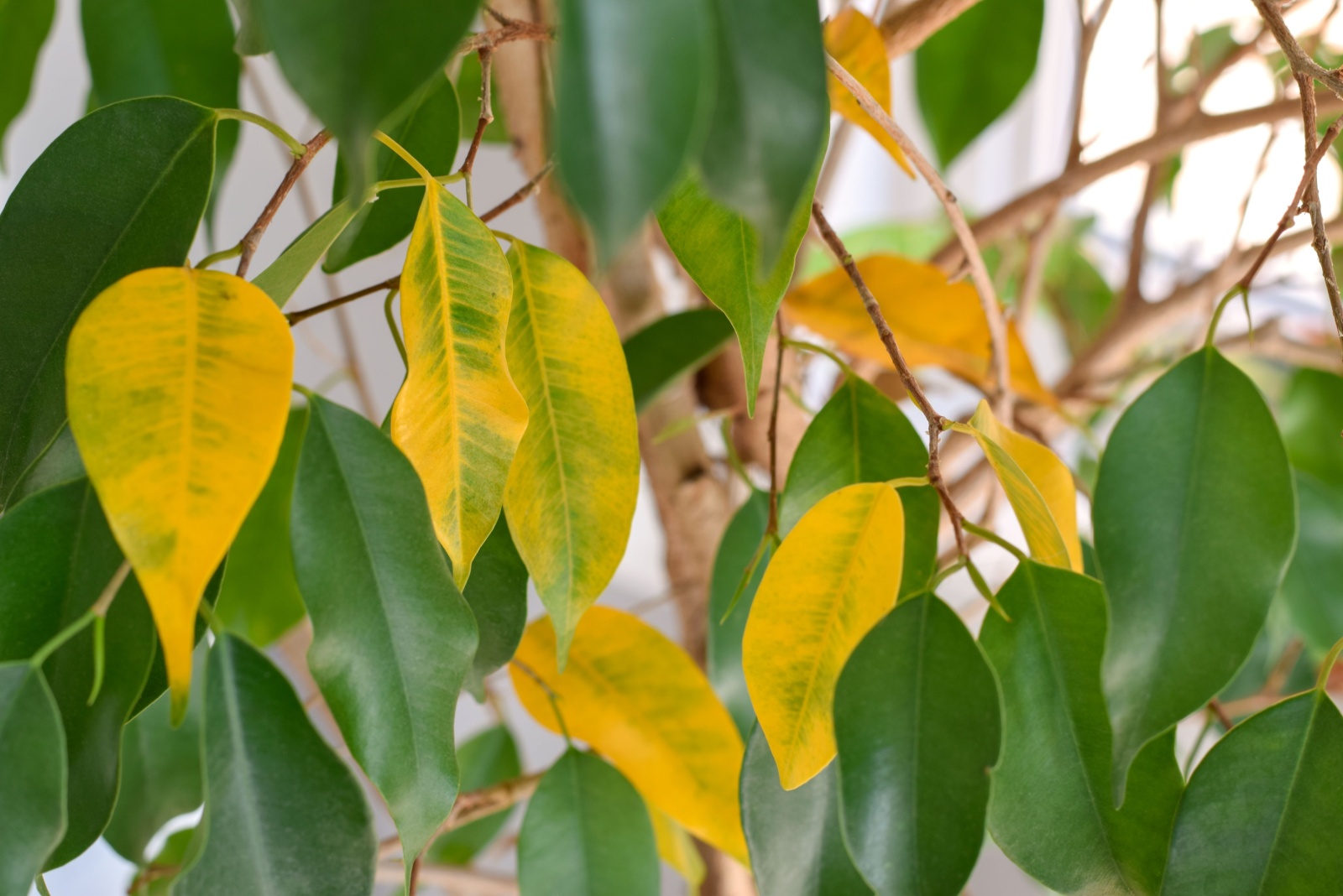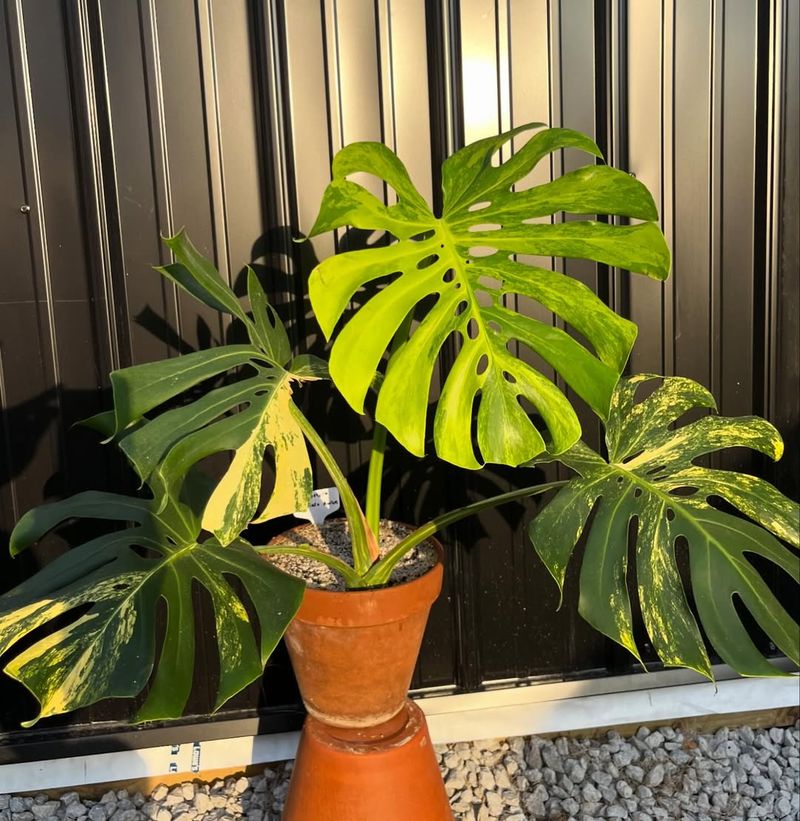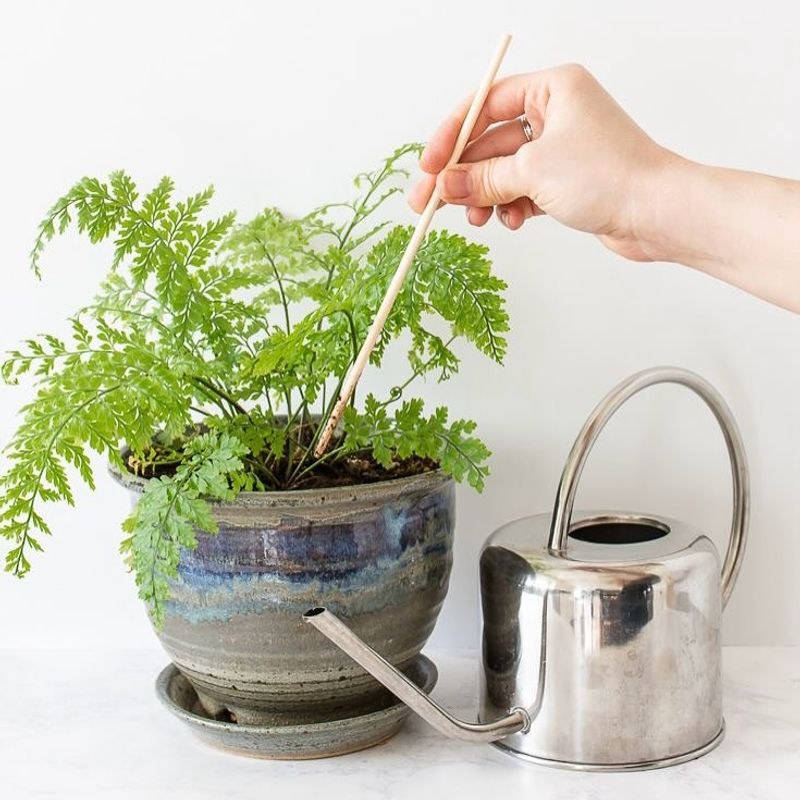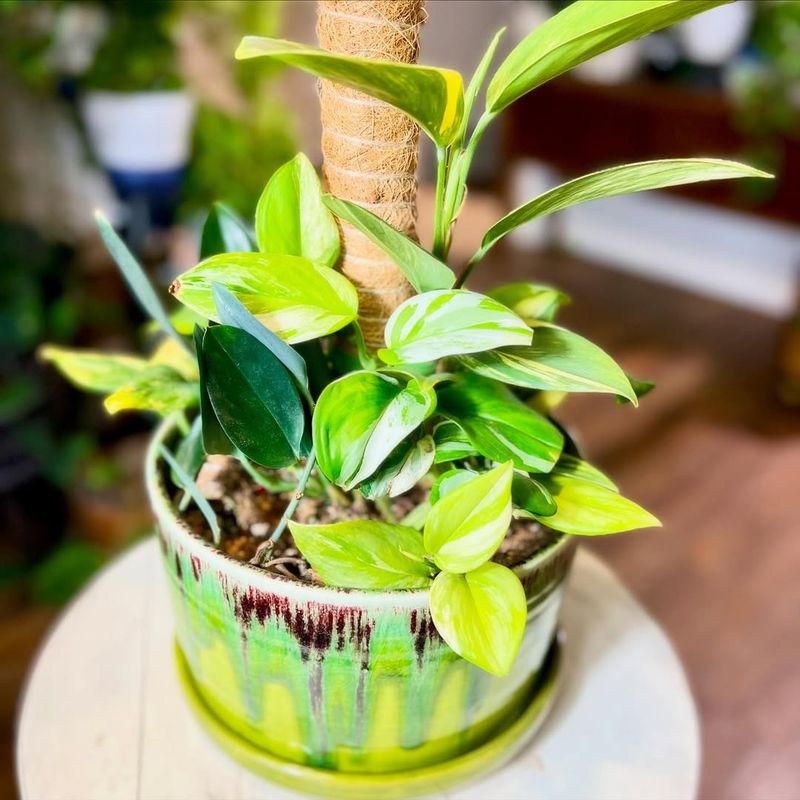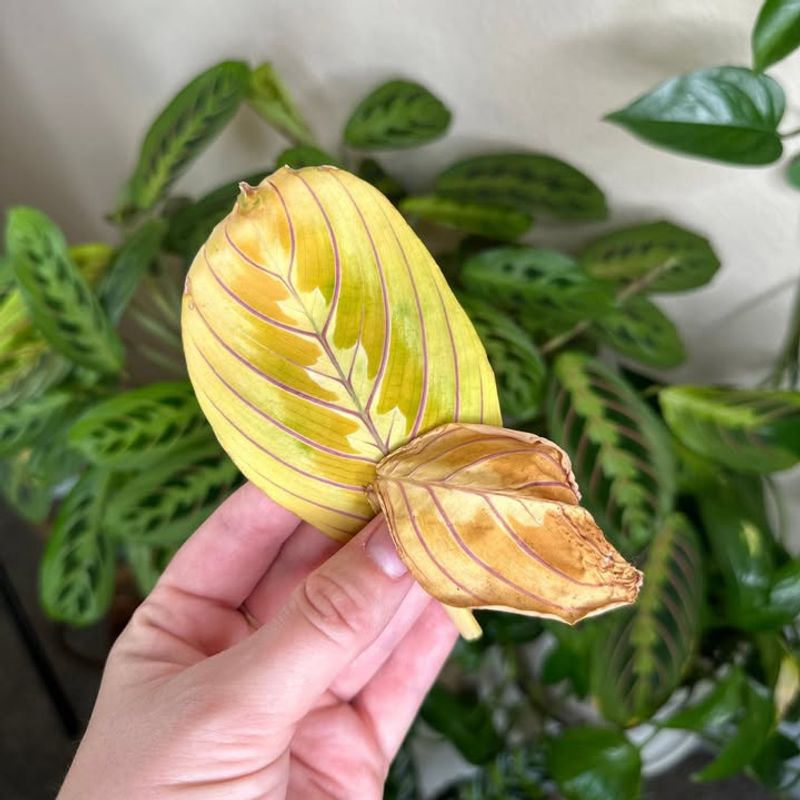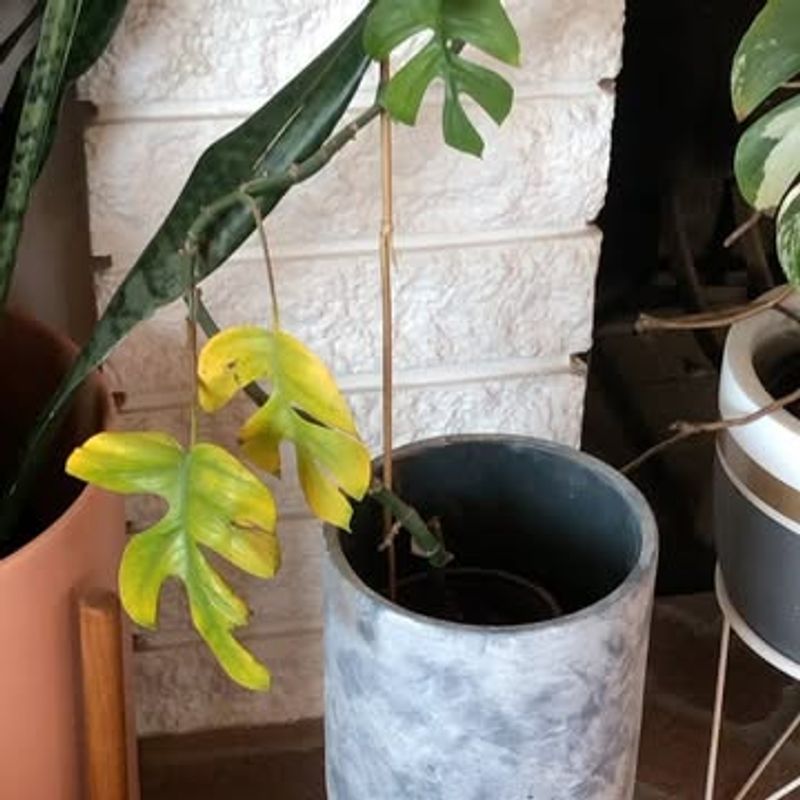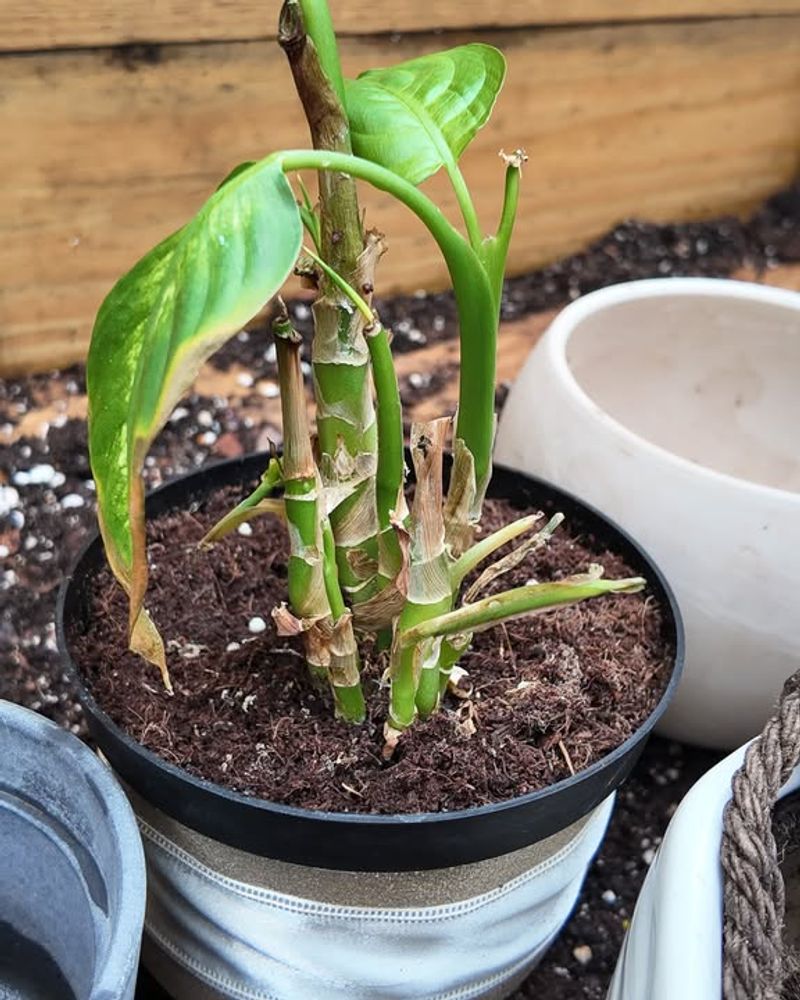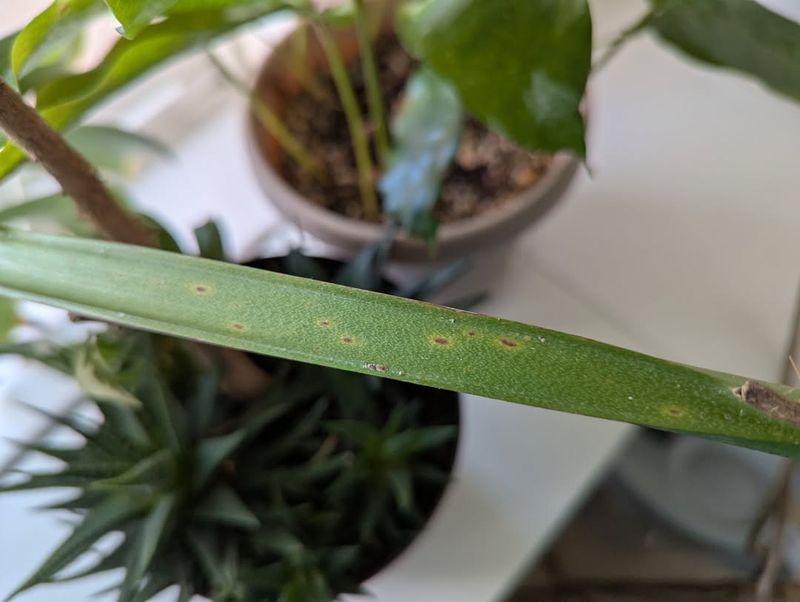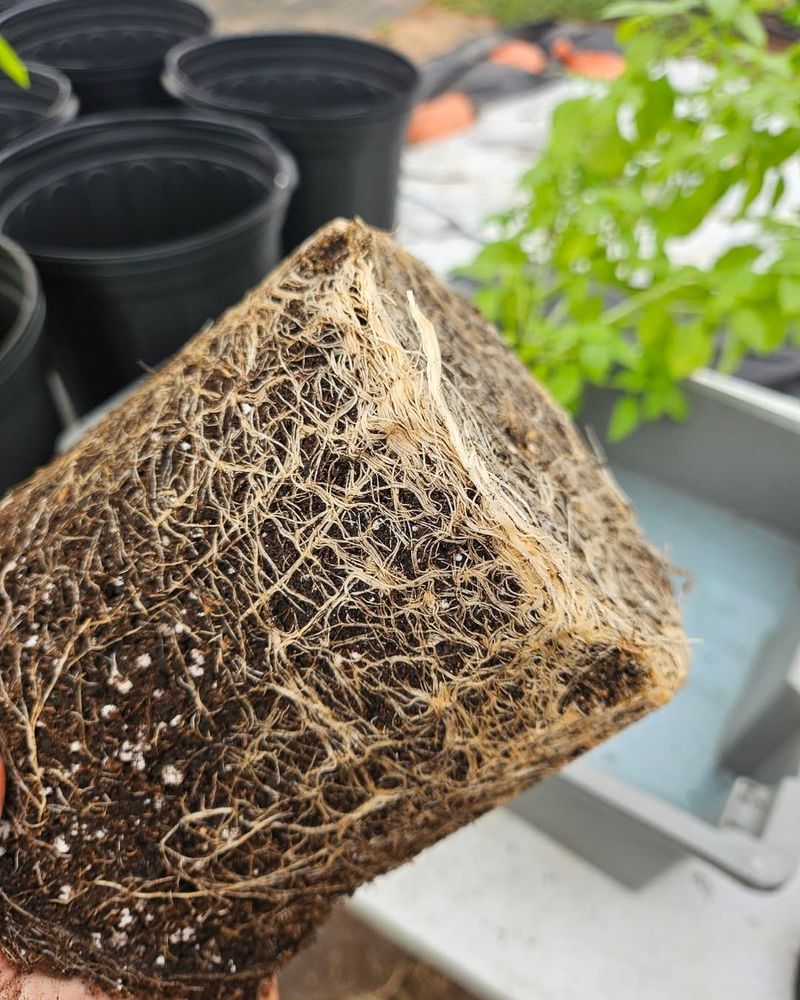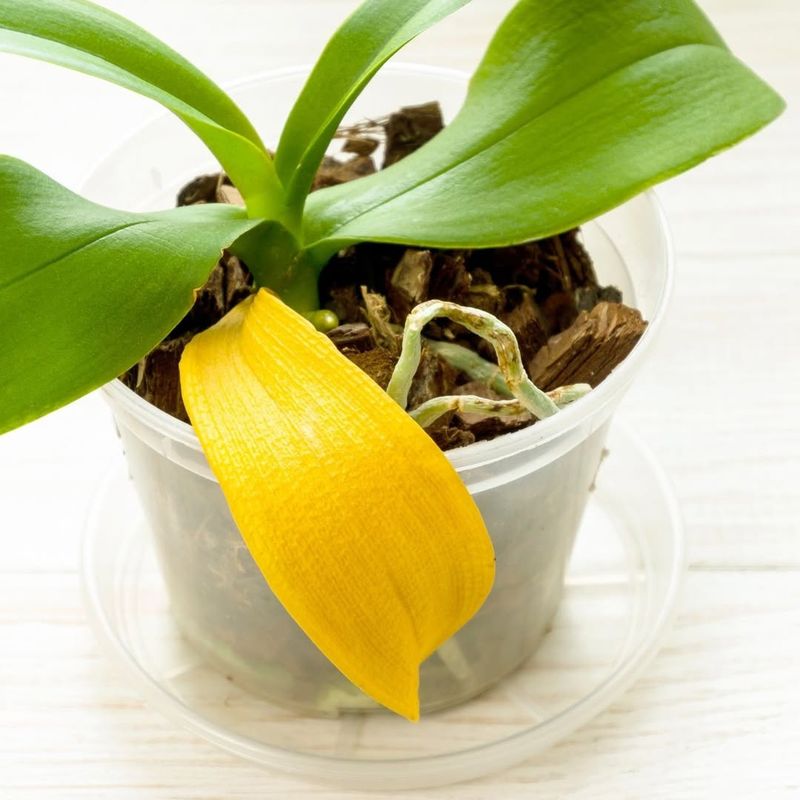Winter in Chicago can be rough on more than just people, your houseplants feel the squeeze too. As the cold creeps in and indoor conditions shift, many plants start waving a yellow flag, signaling that something in their environment is out of balance.
From dry air to chilly drafts, the season packs plenty of surprises that can throw even hardy houseplants off their game. Experts say those fading leaves are telling a story, and understanding it is the first step to getting your plants back in the green.
1. Brutal Winter Sunlight Shortage
Chicago winters are notoriously dark and gloomy, with the sun setting before dinner time. Your plants desperately need light to create food through photosynthesis, and when they don’t get enough, their leaves start turning yellow.
Experts recommend moving your plants closer to south-facing windows or investing in grow lights. Even a few extra hours of artificial light can make a huge difference in keeping those leaves green and healthy throughout the long winter months.
2. Overwatering During Cold Months
When temperatures drop, plants go into a sort of hibernation mode and drink much less water than during summer. Many plant parents keep their regular watering schedule, which leads to soggy soil and yellow leaves.
Root rot becomes a serious problem when plants sit in wet soil for too long. Check the soil with your finger before watering—if it’s still moist an inch down, wait a few more days before giving your plant another drink.
3. Dry Indoor Heating Systems
Cranking up the heat feels amazing on freezing Chicago days, but your tropical houseplants absolutely hate it. Furnaces and radiators suck moisture from the air, creating a desert-like environment that stresses plants out.
Low humidity causes leaf edges to turn yellow and crispy. Plant experts suggest using a humidifier near your plants or placing them on pebble trays filled with water. Grouping plants together also helps create a more humid microclimate they’ll love.
4. Temperature Fluctuations And Cold Drafts
Chicago’s brutal cold seeps through windows and doors, creating chilly drafts that shock sensitive houseplants. Sudden temperature changes stress plants, causing their leaves to yellow and drop.
Placing plants near drafty windows or exterior doors exposes them to dangerous temperature swings. Move your green friends away from cold spots and check for air leaks around windows. Even a few degrees difference can make your tropical plants very unhappy and trigger yellowing.
5. Nutrient Deficiency In Dormant Season
Plants need less fertilizer in winter because they’re not actively growing like they do in spring and summer. However, older leaves might turn yellow if the plant used up stored nutrients and isn’t getting replacements.
Nitrogen deficiency typically shows up as yellowing in older, lower leaves first. Experts recommend using a diluted liquid fertilizer once a month during winter, at about half strength. This gentle feeding keeps plants nourished without overwhelming their slower metabolism.
6. Natural Leaf Aging Process
Sometimes yellow leaves are completely normal and nothing to worry about! Just like trees lose leaves in fall, houseplants naturally shed their oldest leaves as they age.
If only one or two bottom leaves turn yellow while the rest of the plant looks healthy, it’s probably just the natural cycle. Simply remove the yellow leaves to keep your plant looking tidy. Focus on the overall health of your plant rather than panicking over every single leaf that changes color.
7. Pest Infestations Thriving Indoors
Winter forces everyone indoors, including annoying plant pests like spider mites and aphids. These tiny bugs suck sap from leaves, causing yellow spots and overall weakness in your plants.
Check the undersides of leaves regularly for small insects or webbing. Spider mites especially love the dry indoor conditions created by heating systems. Wiping leaves with a damp cloth weekly helps prevent infestations. If you spot pests, treat plants immediately with insecticidal soap or neem oil.
8. Chlorinated Chicago Tap Water
Chicago’s tap water contains chlorine and fluoride that protect human health but can harm sensitive houseplants over time. These chemicals build up in soil and cause leaf tips and edges to turn yellow or brown.
Some plants are particularly sensitive to water quality issues. Try letting tap water sit out overnight before watering, which allows chlorine to evaporate. Better yet, collect rainwater or use filtered water for your most finicky plants to prevent chemical buildup problems.
9. Root-Bound Plants Needing Space
After months or years in the same pot, roots can completely fill the container, leaving no room for soil or water. Root-bound plants struggle to absorb nutrients and moisture, leading to yellow leaves.
Gently remove your plant from its pot to check if roots are circling densely around the edges. Winter isn’t ideal for repotting, but severely root-bound plants might need it anyway. Otherwise, wait until spring and plan to move your plant into a slightly larger container with fresh potting mix.
10. Sudden Environment Changes From Purchase
Did you recently bring home a new plant or move one from a different room? Plants are creatures of habit and don’t appreciate sudden changes in their environment, even indoors.
Moving from a bright greenhouse to your dimmer home causes transplant shock, resulting in yellow leaves. Give new plants time to adjust to their surroundings—a few yellow leaves during this transition period are normal. Be patient and maintain consistent care while your plant acclimates to its new Chicago home.

